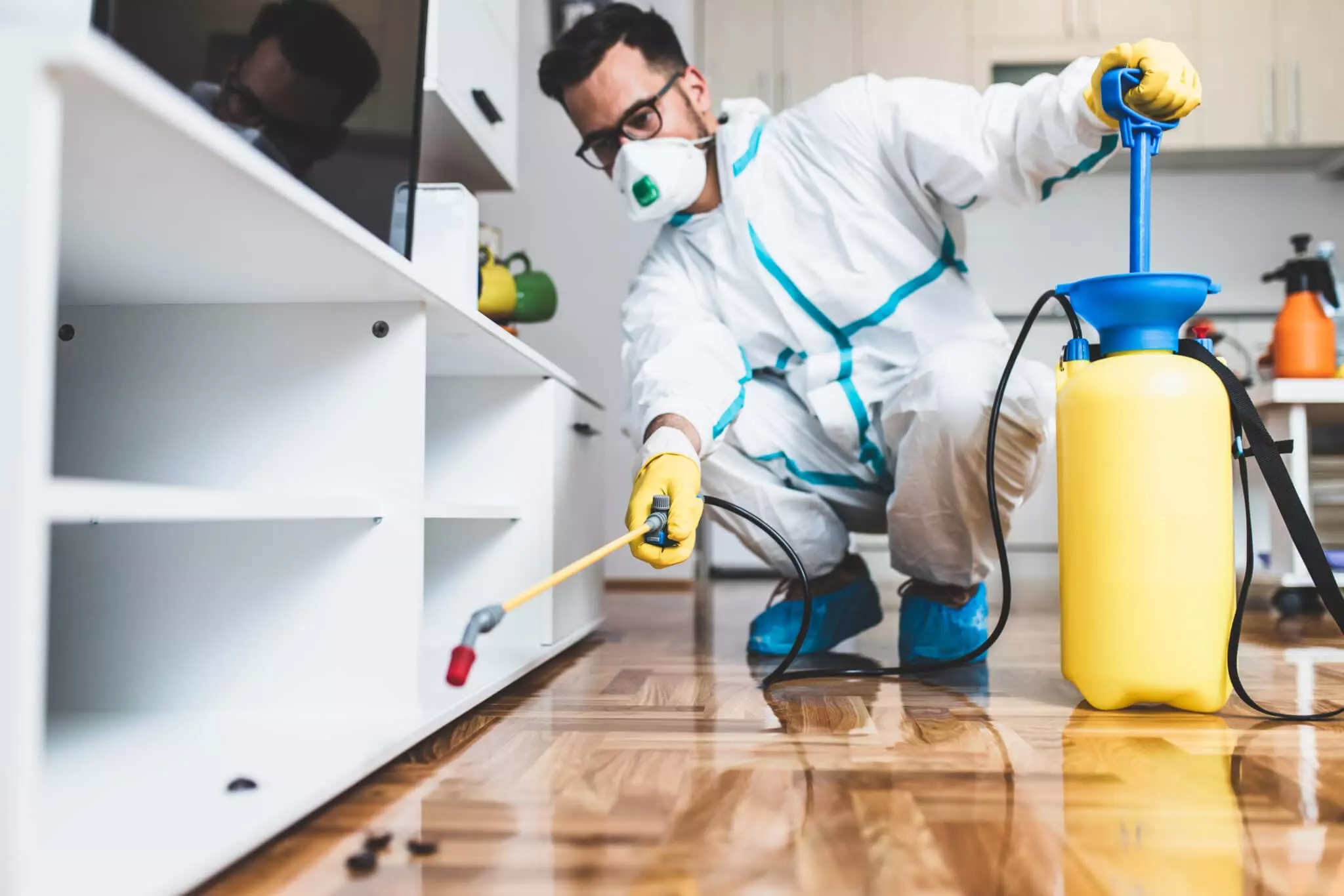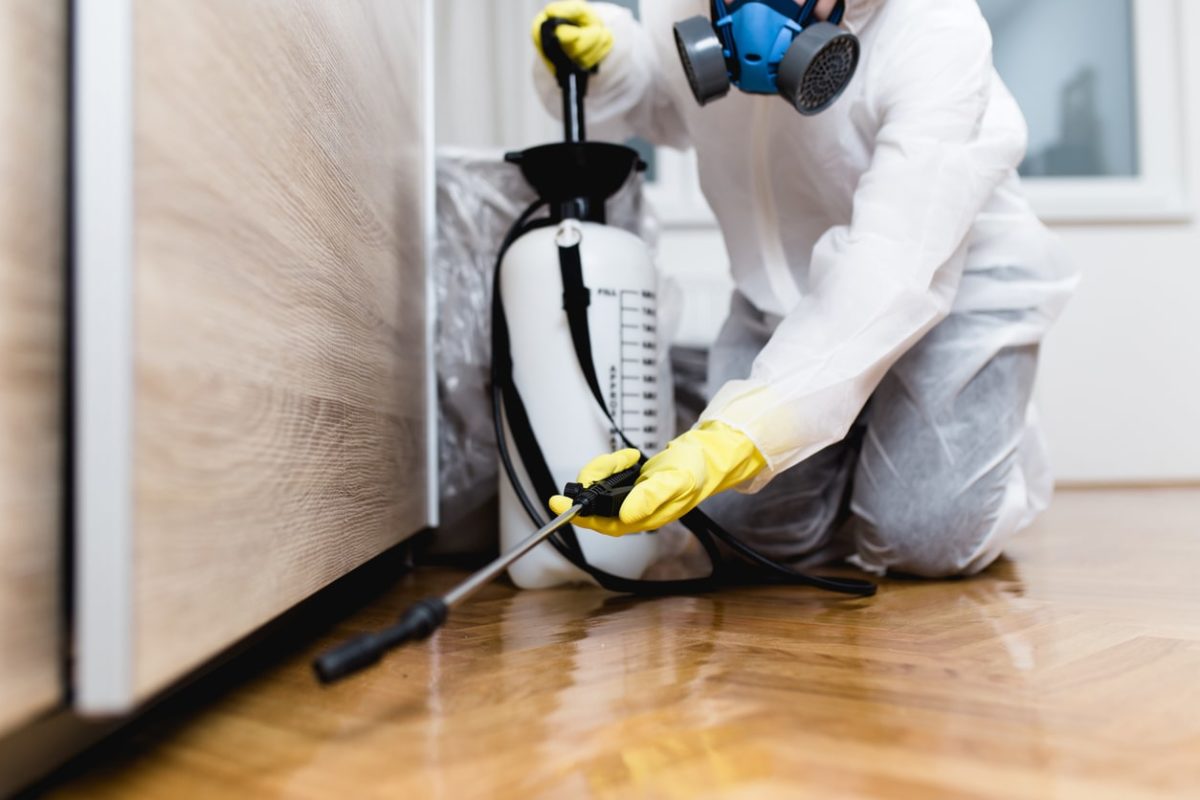Thorough Pest Control for 365-day protection from pests.
Eco-Friendly Pest Control Approaches for Handling Wildlife in Urban Areas
Urban locations typically find themselves at the crossway of human task and wildlife, leading to unique difficulties in pest monitoring. These methods not only safeguard the atmosphere yet also enhance neighborhood involvement in wildlife monitoring. As city populaces continue to expand, understanding the dynamics of wildlife interactions ends up being increasingly vital.
Recognizing Urban Wildlife Dynamics
Comprehending Urban Wild animals Characteristics is vital for developing effective and environment-friendly bug control approaches. Urban areas are significantly ending up being environments for various wild animals species, driven by factors such as environment fragmentation, food availability, and human infringement. Acknowledging these characteristics enables a nuanced approach to pest monitoring that lines up with eco-friendly concepts.
Urban wild animals often includes species such as raccoons, squirrels, and birds, which adjust to city settings, discovering particular niches in eco-friendly spaces, parks, and also household areas. Their presence can result in conflicts with people, specifically when they manipulate personnels for food and sanctuary. Recognizing the habits and environmental duties of these species educates methods that decrease unfavorable interactions while advertising biodiversity.
Additionally, recognizing the interdependencies within metropolitan ecological communities helps in identifying critical areas for environment conservation and repair. This knowledge adds to the growth of integrated parasite administration (IPM) methods that take into consideration the eco-friendly balance, therefore minimizing reliance on unsafe chemicals. By fostering coexistence between humans and metropolitan wild animals, cities can produce much healthier environments that benefit both homeowners and regional ecological communities, leading the means for sustainable urban living.
Natural Repellents and Deterrents
Natural repellents and deterrents use a lasting choice to standard bug control techniques by harnessing the power of nature to keep undesirable types away. These environmentally friendly remedies normally use plant-based ingredients, necessary oils, and other naturally occurring materials that discourage bugs without harming the atmosphere.
One efficient natural repellent is peppermint oil, which is understood to drive away rodents and insects. Its solid scent is undesirable to several pests, making it a preferred selection for metropolitan settings. Vinegar and citrus peels can offer as deterrents, as their strong odors are normally uninviting to numerous wild animals.
In addition, diatomaceous earth is a natural powder that can be spread in areas susceptible to parasite task, successfully dehydrating and hindering insects without posing threats to non-target species. Garlic sprays and neem oil are recognized for their capability to push back a vast array of bugs, consisting of both insects and larger wildlife.
Executing these natural repellents not just minimizes dependence on chemical pesticides yet likewise advertises a much healthier city ecological community, fostering a much more balanced conjunction between people and wild animals. By making use of these techniques, metropolitan locations can successfully manage pest populations while minimizing environmental influence.
Environment Adjustment Techniques
Efficient environment adjustment methods play a vital duty in lasting parasite management by modifying the setting to make it much less for pest infestations. By comprehending the environmental characteristics of metropolitan areas, residential property proprietors can apply strategic modifications that discourage parasites while advertising biodiversity.
(Pest Control in Port Charlotte)One primary method includes keeping proper hygiene. This includes normal waste removal, protecting garbage can, and removing standing water to lower breeding sites for pests and rodents. Furthermore, landscape design practices such as picking native plants can boost environmental balance, providing habitats for valuable organisms while lessening resources for insects.
An additional essential approach is to secure entry points in structures. Checking and repairing cracks in structures, wall surfaces, and home windows can substantially reduce bug accessibility. Producing physical obstacles, such as fences or plant barriers, can prevent wildlife activity right into human-inhabited locations.
Integrated Pest Administration Practices
Building upon habitat adjustment strategies, incorporated bug monitoring (IPM) methods supply an alternative approach to managing parasite populaces while minimizing ecological effect. IPM incorporates different methods, including organic, social, mechanical, and chemical controls, to attain reliable pest management.
Biological control includes the introduction of all-natural predators or parasites to minimize pest populaces. Cultural techniques, such as plant rotation and cleanliness, disrupt pest life process and decrease their environments - Pest control service. Mechanical controls, like catches and barriers, supply instant relief from pest pressures without chemical intervention
Chemical controls are used as a last resort, concentrating on targeted applications that limit harm to non-target types and the setting. The option of eco-friendly chemicals, when essential, is important to the IPM structure. In addition, monitoring bug populations and assessing possible damages helps educate decision-making, ensuring that interventions are timely and reliable.
Neighborhood Involvement and Education And Learning

(Barn Fly Control)Workshops and educational sessions can furnish homeowners with expertise concerning indigenous species, environment conservation, and efficient non-toxic bug administration strategies. Collaboration with colleges, regional organizations, and federal government firms even more enhances academic outreach, making sure that crucial information reaches diverse target markets.
Moreover, community-led campaigns, such as neighborhood clean-up days and environment repair projects, not only advertise biodiversity however additionally enhance neighborhood connections. Pest control service. By urging citizens to share their experiences and monitorings, neighborhoods can develop targeted methods that attend to certain neighborhood insect concerns
Incorporating responses from citizens right into parasite management intends makes it possible for an extra responsive and adaptive approach to wild animals difficulties. Ultimately, informed and engaged neighborhoods are key to achieving lasting success in green pest control, bring about much healthier metropolitan environments that appreciate both human and eco-friendly requirements.

Conclusion
To conclude, green bug control approaches offer sustainable services for handling urban wild animals. By focusing on habitat adjustment, making use of natural repellents, and carrying out incorporated pest management practices, communities can cultivate an unified coexistence Mole Removal with neighborhood fauna. Moreover, engaging locals with education and learning improves understanding and encourages accountable wildlife communications. Inevitably, these strategies not just protect biodiversity but also promote environmental health and wellness, making sure metropolitan locations remain vivid environments where people and wildlife thrive together.